The main attraction of the next generation SuperSpeed+ USB 3.1 is that it has doubled the data signaling rate of the former 5 Gb/s USB 3.0 to 10 Gb/s for new USB 3.1 supporting devices. In other words, transferring files from storage devices is about to become two times faster, while these most common Type-A connectors are still backwards compatible with the current USB 2.0 and 3.0 devices.
↑USB 3.1 boosts the current data rate from 5 Gb/s to 10 Gb/s!
Something else worth mentioning is the birth of the new Type-C USB 3.1 interface, which purposedly would serve as an integration of all our future input output interfaces. This breaks the compatibility with the existing Type-A connectors, but on the bright side, after years of keeping fingers crossed, frantically fumbling Type-A USB connectors behind computer cases in hope of getting the correct orientation, the long overdue reversible Type-C USB interface has finally arrived, adding one more entry to the things certain in life. Moreover, during this transition period, ASRock is planning to support both Type-A and Type-C USB 3.1 connectors. Other merits of this new Type-C interface include smaller size, which is inevitable since the sizes of our devices are shrinking as well. Strengthened durability to support over ten thousand plugs and removals, and a huge leap from the former 0.9 ampere power current on USB 3.0 to USB 3.1’s 3 ampere power currents for extra fast device charging.
One of the world’s first motherboard to be equipped with Type-C USB 3.1 will be ASRock’s Z97 Extreme6/3.1. Much like its previous version, this motherboard will bear ASRock’s Super Alloy features, a PCIe Gen3 x4 Ultra M.2, quad CrossFireX, quad SLI, and Purity Sound2. Furthermore, apart from the 10 USB 3.0 and 5 USB 2.0 connectors onboard, this motherboard also sports an USB 3.1 add-on card with both a single USB 3.1 Type-A port and a Type-C port. Another new piece of Super Alloy Series motherboard that’s getting a dose of USB 3.1 is ASRock’s X99 Extreme6/3.1. It will also come with Ultra M.2, 3-Way CrossFireX or SLI, and Purity Sound2. Plus an USB 3.1 add-on card that supports two USB 3.1 Type-A ports, an onboard USB 3.1 Type-C port for next generation devices, and a bucketload of traditional USB ports as well.
Attached thumbnail(s)
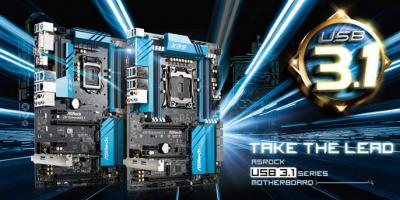
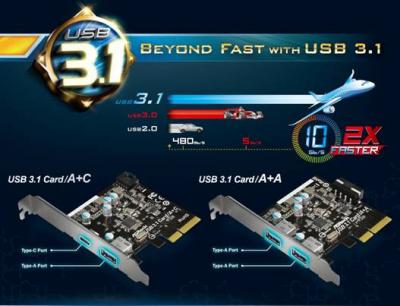
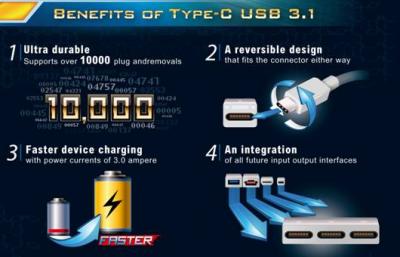
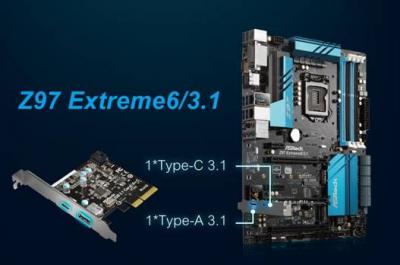
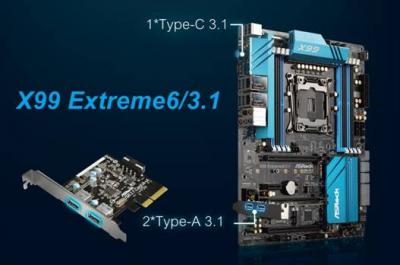


 Feb 16 2015, 09:02 PM
Feb 16 2015, 09:02 PM
 Quote
Quote

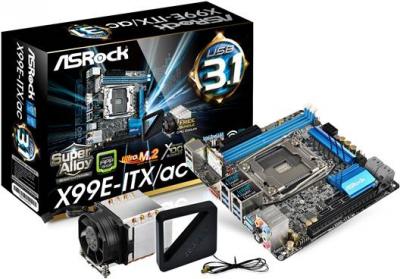
 0.0259sec
0.0259sec
 0.40
0.40
 6 queries
6 queries
 GZIP Disabled
GZIP Disabled